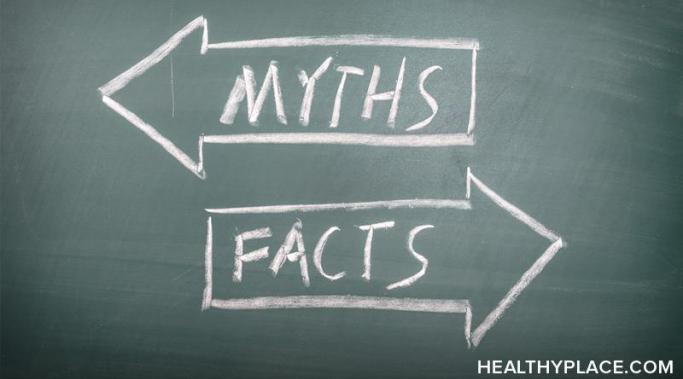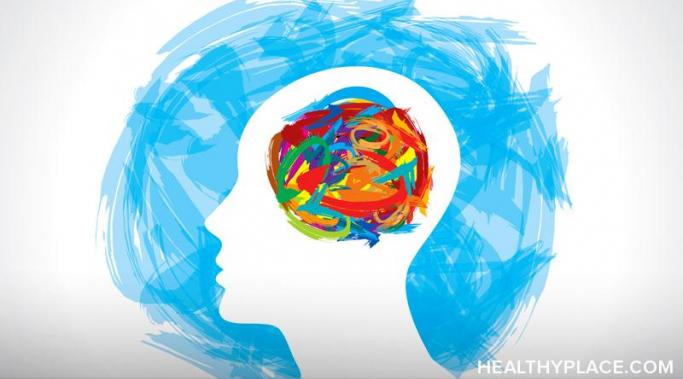Though there are many benefits to positive thinking, certain kinds of positive thinking can be detrimental to those with attention-deficit/hyperactivity disorder (ADHD). I found this kind of thinking particularly harmful at the beginning of my ADHD journey, when I had not fully accepted the condition. Even now, blind positive thinking can lead to self-deprecation, anxiety, and depression
Living with Adult ADHD
I think it was Jessica McCabe of "How to ADHD" who referred to herself, someone with attention-deficit/hyperactivity disorder (ADHD), as an ADHD late bloomer. I have found numerous forums where ADHDers wonder whether (or assert that) they are late bloomers. There are several reasons why people with ADHD might be considered late bloomers and there are reasons why being an ADHD late bloomer is not such a terrible thing.
Attention-deficit/hyperactivity disorder (ADHD) myths and misconceptions are impacted by our culture. Culture does not create ADHD, but it does affect its definition, treatment, and perception. Studies show that ADHD is a fairly universal phenomenon, but varying cultural practices mean ADHD is more visible in some countries than in others. Diagnosis and treatment of ADHD also differ within each country due to medical access, cultural beliefs, and biases. As someone raised (mostly) in the United States by American parents, I would like to describe some of the ways in which American ideals can shape views, myths, and misconceptions about ADHD.
Finding a balance between busyness and idleness is hard for those with attention-deficit/hyperactivity disorder (ADHD). Some with ADHD keep their active brains too busy, sometimes resulting in burnout. Other ADHDers find it difficult to accomplish anything and consider themselves to be lazy underachievers. Many with the condition swing between both, overachieving one minute and dropping the ball the next. I would like to talk about why we struggle with this juggling act and what steps to take when finding a balance in our lives with ADHD.
Both children and adults with attention-deficit/hyperactivity disorder are more prone to getting into accidents than the average person. Someone I know who has ADHD almost fell off of a climbing wall and later flipped onto his helmeted head from a bicycle, both during gym class. Several studies have shown that drivers with ADHD are perhaps 50% more likely to get into car accidents than those without the condition.1 There are a number of reasons for these results, and, fortunately, a few things that can be done to address these risks.
Around half of the children diagnosed with attention-deficit/hyperactivity disorder (ADHD) also have oppositional defiant disorder (ODD).1 Oppositional defiant disorder is considered a childhood disorder and is a hard diagnosis to grasp, so here I will address a few of my own questions about the condition: What is ODD? How does it develop? What is ODD's connection to ADHD? Can it occur in adults? Most importantly, how can it be treated?
Writing with attention-deficit/hyperactivity disorder (ADHD) poses a challenge to both children and adults living with the disorder. Many with ADHD struggle with dysgraphia, a learning disorder that makes writing difficult on several levels. Problems range from the physical act of writing to organizing essays. After discussing ADHD and creativity in my last post, I wanted to go into more depth about why writing with ADHD can be so hard and what we can do about it.
Attention-deficit/hyperactivity disorder (ADHD) and creativity are frequently linked. It makes sense that ADHD’s surplus of ideas, emotions, and energy might result in creative expression. Growing up, I had a hard time deciding what kind of art to pursue. I danced, acted, played the violin, wrote stories, and littered the house with drawings. It is no surprise that a number of composers (George Gershwin), artists (Leonardo da Vinci), and actors (Ryan Gosling) either have or are speculated to have had ADHD. Let us explore some good things about ADHD, such as why ADHD and creativity are linked and how making art benefits the ADHD brain.
Because obsessive-compulsive disorder (OCD) and attention-deficit/hyperactivity disorder (ADHD) are so different in theory, some doctors argue that they cannot occur together. However, they have a surprisingly high rate of comorbidity, which is when two medical conditions appear together, and many with ADHD report obsessive thoughts and behaviors. Continuing my series of posts about ADHD and comorbid conditions, I would like to discuss the similarities, differences, and possible treatments for OCD and ADHD.
Successfully treating attention-deficit/hyperactivity disorder (ADHD) in adults involves a lot of trial and error. Though I wish that choosing the best ADHD treatments were a simple one-off, finding the right medication, therapy, and coping skills requires perseverance and adaptability. There is no one-size-fits-all treatment. Unfortunately, this process is often counterintuitive for those with ADHD, so I will provide a few tips for coming to terms with the day-to-day necessity of trial and error for successfully treating ADHD in adults.









